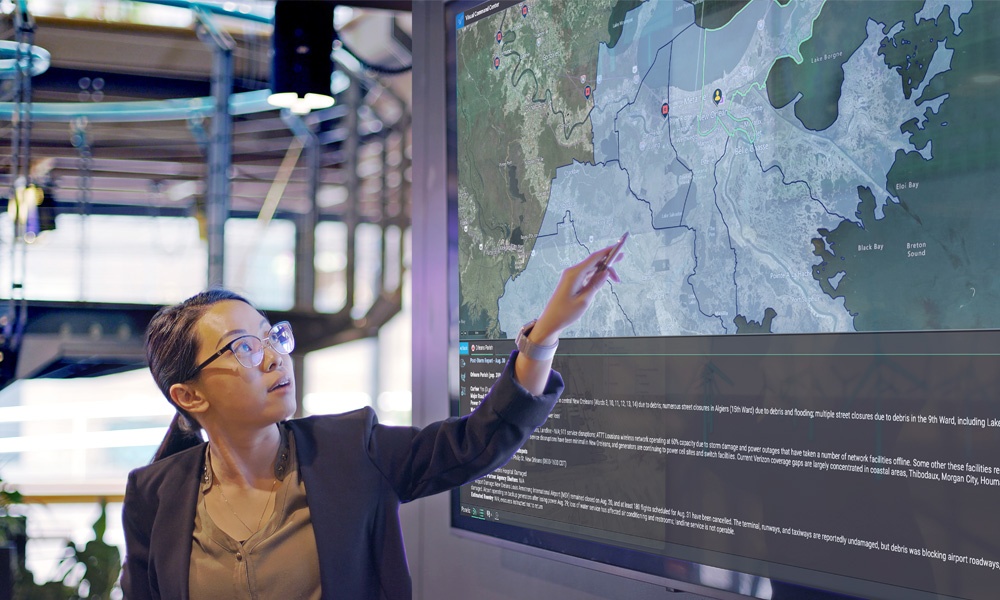Blog
Everbridge provides hurricane safety and preparedness best practices checklist for communities and businesses
Glendale, Calif. – Oct. 3, 2013 – Everbridge, the leading provider of critical communication solutions, today announced a best practices checklist for hurricane safety and preparedness. Each year during hurricane season, people living along coastal and inland communities face the danger of these powerful storms. In fact, last year’s Hurricane Sandy was the deadliest and second costliest hurricane in more than 40 years according to a National Hurricane Center report. With more than 150 deaths linked to the storm and over $50 billion in damages, Sandy illustrates how hurricanes have proved themselves to be one of the most catastrophic severe weather events to impact the US.
To best prepare for the unpredictable impact of hurricanes, municipalities, academia, and businesses should all ensure that they:
• Plan to manage the entire lifecycle of any critical event. Dr. Robert C. Chandler, crisis communication expert, suggests creating a crisis plan that addresses each of the 6 stages of a crisis: Warning, Risk Assessment, Response, Management, Resolution, and Recovery.
• Confirm that you have multiple contact paths for each individual to decrease reliance on any one device. Set delivery options to attempt email and SMS paths first, as cellular and landline infrastructures could be damaged by the storm.
• Focus on message construction. Dr. Chandler recommends that message maps consist of three short sentences that convey three key messages in 30 words. SMS messages should be no longer than 120 characters and audio/video needs to convey its message in the first nine seconds.
• Don’t forget social media. Use social media as an additional communications channel and be sure to monitor social media sites like Twitter to gain situational intelligence that can help emergency response teams.
• Ensure that regular system and staff testing and preparation procedures are followed, including system testing for effectiveness and data accuracy. Staff should be trained to operate the critical communications system from both computer and mobile devices.
“Because hurricanes are the costliest and most deadly storm events for North America, communities and businesses need to make communications part of their preparedness efforts and not just part of their emergency management process,” said Imad Mouline, chief strategy officer, Everbridge. “Before the storm it is important to make sure you have multiple ways to reach each of your contacts. During severe weather events cell towers might be down, Telco Central Offices might be overloaded, etc. – no single communication path is 100% effective. To dramatically increase the chances of reaching recipients, try multiple contact paths, and, then once recipients are reached and confirm message receipt, discontinue further contact attempts.”
Related Resources
• 5 Lessons From Hurricane Sandy For Emergency Preparedness
• Learn how to communicate during the 6 stages of a crisis, click here
• Read about how Florida Division of Emergency Management (FDEM) manages severe weather with Everbridge, click here
About Everbridge
Everbridge provides critical communication solutions to more than 30 million end users in all major industries and government sectors around the globe. The Everbridge solutions suite allows clients to manage emergencies, mass notifications, incident communications, and situational intelligence from a single system. Ultimately, these solutions help clients save lives, manage critical activities and improve the efficiency of daily operations. For more information about Everbridge, please see www.everbridge.com/.


